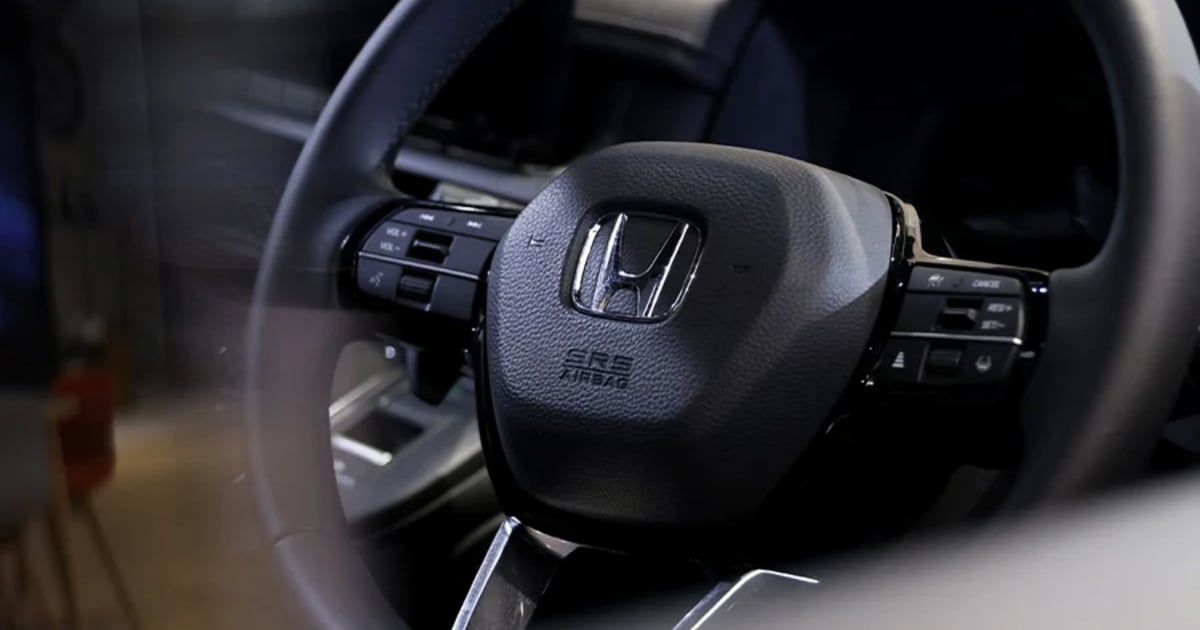
American Honda Motor expects to increase its sales volume 25 percent this year over its disappointing 2022 performance, which resulted in under 1 million vehicle sales in the U.S. market and a last place finish among the top U.S. manufacturers.
Honda brand projects it will close 2023 around 1.2 million sales, and Acura is targeting 160,000 units, said Mamadou Diallo, vice president of auto sales for American Honda, during a media briefing earlier this week.
Diallo, who will step into the expanded role of American Honda senior vice president of auto sales when Executive Vice President of national operations Dave Gardner retires at the end of March, called the year just ended “frustrating” and said consecutive challenges prevented production of consistent supply.
The automaker struggled with parts supply issues, Diallo said, which hit both brands’ highest volume cars and trucks.
Those challenges foiled both Honda and Acura’s opportunity to capitalize on several significant introductions of core models, including the Honda CR-V, HR-V and Pilot crossovers as well as the resurrected Acura Integra sport sedan.
Honda started last year with about 20,000 vehicles in on-hand inventory and hovered in the single digits of days’ supply for the bulk of the year, Diallo said.
Looking ahead, Diallo said the brands are optimistic.
“We’re starting the year with roughly double the on-hand inventory compared to last year and plan to build about 1.3 million units,” Diallo said.
Turning the page on what the brand dubbed the “year of the Honda SUV,” Diallo said 2023 marks “the year of our digital and electrified transformation.”
“This year you will really see the proof points of our smart strategy as we lead into fully electrified sales,” he said.
Both brands will debut an electric crossover for the 2024 model year, the Honda Prologue and Acura ZDX, each part of a cooperation with General Motors. Pre-sales activities for both EVs will start at the end of 2023.
The ZDX launch will coincide with Acura’s introduction of its omnichannel sales platform, a collaboration between Acura and a small group of dealers.
“We’ve said Acura will be our tip of the spear for digitalization and … starting with our first electrified [crossover] the ZDX, all Acura EV sales will be conducted 100 percent online,” Diallo said.
“Whether that process starts in your living room and continues at the dealership or starts at the dealership, [the consumer] will input information online, and the dealers are going to be part of that transaction,” he said. The brand has not determined whether gasoline vehicle transactions will be part of future online sales.
More electrification
Additional efforts to push electrification will also take place on the Honda side. The redesigned 11th-generation Accord, which started arriving this month, offers four well-equipped hybrid trims that Honda expects to entice half of the Accord’s buyers.
Diallo also said Honda will increase hybrid powertrain output at its factories in Ohio “nearly threefold” to keep up with volume expectations. It is Honda’s belief that adding the hybrid volume will help build its electric vehicle customer base. Honda also expects half of CR-V buyers to choose a hybrid variant of the top-selling compact crossover.
The higher output will also go toward a long-awaited Civic hybrid, which will go on sale in 2024 in sedan and hatchback form. It follows the 2021 introduction of the well-received, 11th-generation compact sedan.
Two other core Honda products will undergo freshening this year: the five-seater Passport and the Ridgeline pickup. A more rugged-looking Passport will debut this fall with more off-road capability in a revised TrailSport trim. The Ridgeline will also get a tougher look and welcome a TrailSport to the lineup.